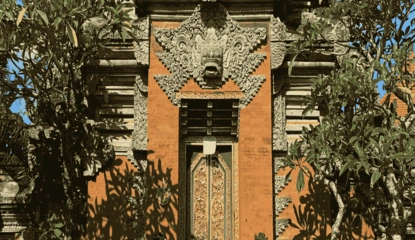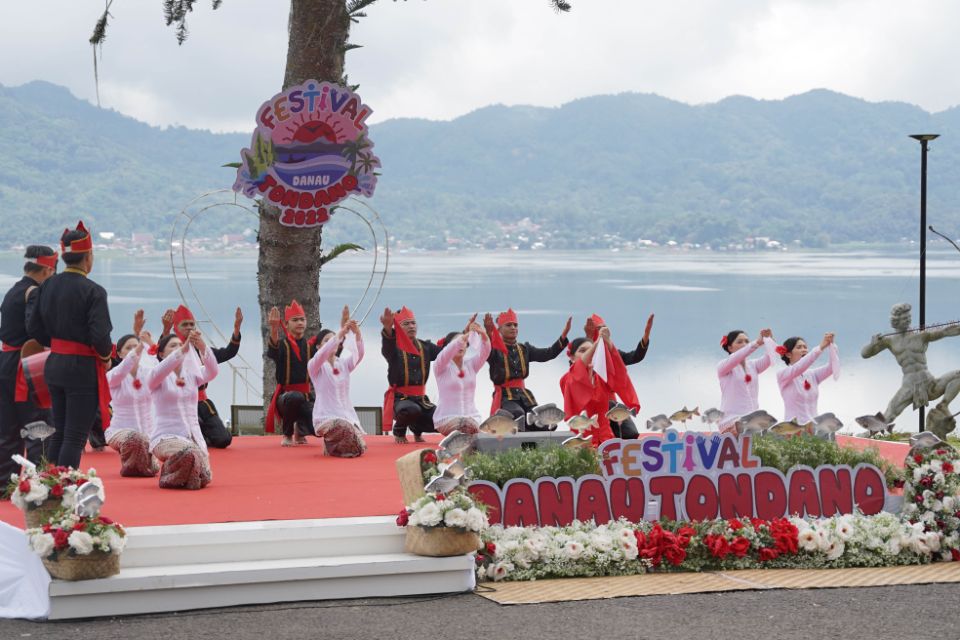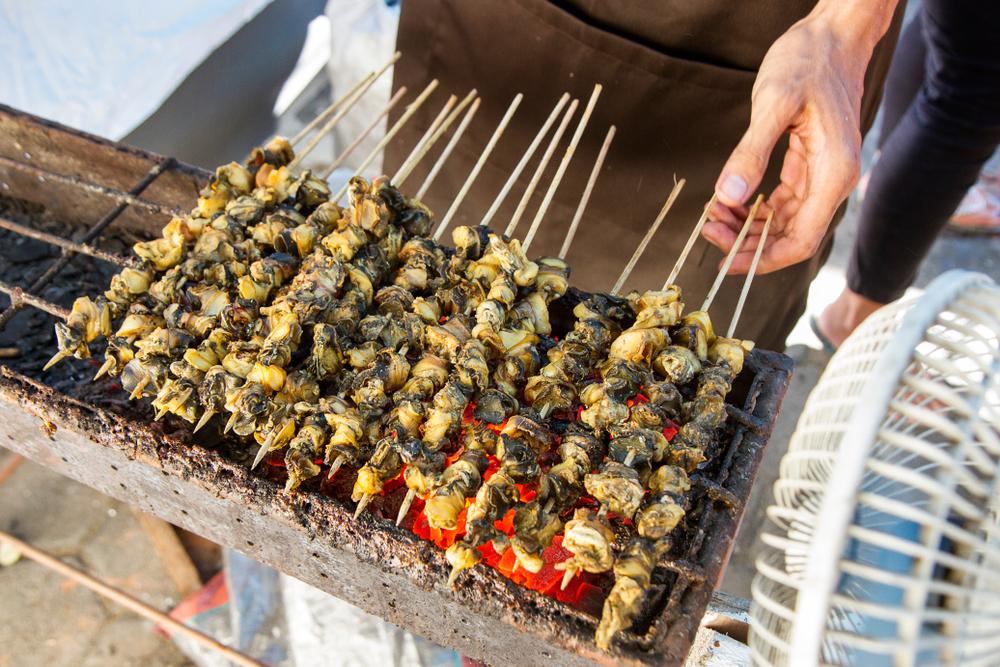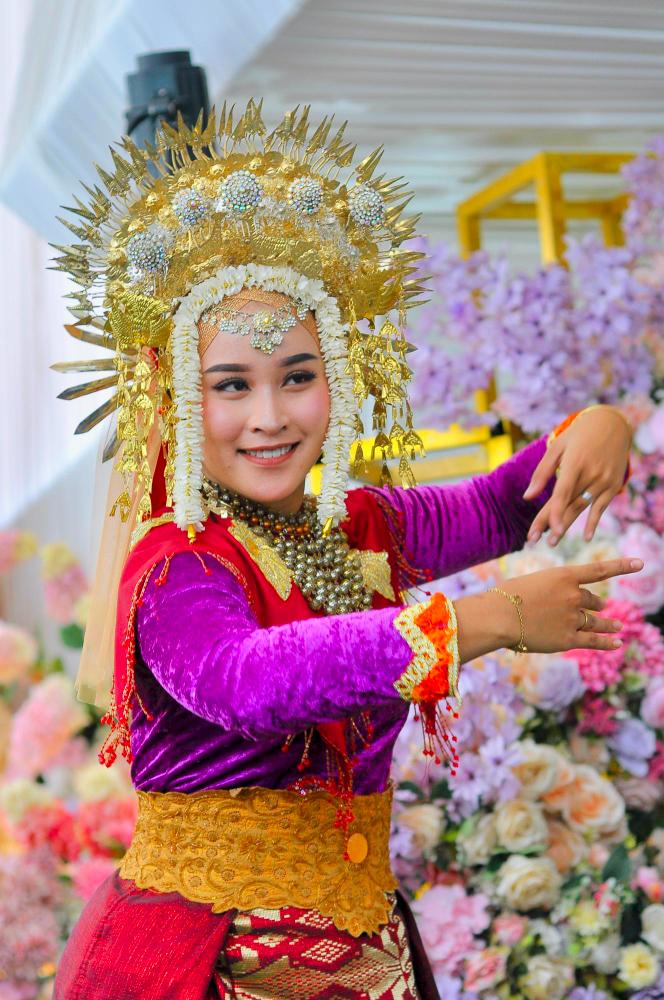North Sulawesi is renowned for its breathtaking landscapes, vibrant traditions, and rich cultural heritage. Among its many attractions, the Tari Kabasaran, or Kabasaran Dance, is one of the most captivating cultural performances you can experience in the region. This traditional Minahasan warrior dance is a dazzling mix of artistry, history, and spirituality, making it a true cultural treasure of the North Sulawesi province.
Steeped in history and symbolism, the Kabasaran Dance is more than just a performance—it is a reflection of the Minahasa community’s bravery, communal spirit, and connection to their ancestors. Whether witnessed during festivals, cultural events, or traditional ceremonies, Tari Kabasaran offers a vivid glimpse into the proud heritage of Minahasa.
The Origins of Tari Kabasaran
The word “Kabasaran” comes from Basar, which in the Minahasan language means "brave" or "courageous." Tari Kabasaran, therefore, literally translates to the “Dance of the Brave.” Historically, it was performed by Minahasan warriors, who were known for their strength, agility, and bravery in protecting their communities.
Originally, Kabasaran Dance was not intended for entertainment. It was a sacred dance performed as part of traditional rituals, including celebrations of victory, ceremonies to honor ancestors, or important community gatherings. Kabasaran warriors also performed the dance as a spiritual act to ward off evil spirits and protect the village.
In colonial times, Tari Kabasaran served to maintain unity and courage among the Minahasan people. Even after it transitioned into more of a cultural performance, the dance retained its deep symbolic meaning and its role as a cultural identity of the Minahasa ethnic group.
The Dance: A Representation of Warrior Spirit
Tari Kabasaran is characterized by its dynamic movements, regal costumes, and dramatic storytelling, all of which are reflective of the warriors’ strength and sense of duty.
1. The Movements
The movements in Tari Kabasaran are bold and commanding, mimicking those of warriors preparing for battle. Dancers use sharp, rhythmic steps, striking poses, and intense footwork paired with spirited gestures that convey strength and determination. They often wield traditional weapons, such as:
- Santi (short spear): A weapon symbolizing the guardianship of the land.
- Kawuk (sword): Representing the courage and readiness of the Minahasan warrior.
These martial-inspired moves serve as a way to narrate the readiness of the warriors to protect their village. The dancers are known for their dramatic facial expressions that alternate between focus, pride, and fiery determination.
2. The Music
The entire performance is accompanied by traditional Minahasa percussion instruments, such as gong-chimes and drums, creating a pulsating rhythm combined with chants and shouts that heighten the intensity of the performance. The music mirrors the energy of the dance, making it an immersive and unforgettable experience for the audience.
3. Sacredness and Synchronization
Each movement in Tari Kabasaran follows strict patterns and is performed in synchrony, symbolizing the unity and harmony of the Minahasan people. While it appears energetic and intense, the dance also embodies spiritual devotion as a way to honor the warriors of the past and the village’s ancestors who are believed to still protect the community.
Kabasaran Costumes: Warrior Elegance
The costumes worn by Kabasaran dancers play a vital role in bringing the spirit of Minahasan warriors to life. Bright and intricate, they reflect both the warrior's bravery and the rich Minahasan culture. Key elements of the costume include:
- Red as the Dominant Color: Red represents courage, vitality, and the warrior’s readiness for battle.
- Feathered Headdresses: Dancers wear striking headdresses adorned with feathers, representing the regal and commanding appearance of warriors. These headdresses often signify a connection to nature and spiritual protection.
- Scarves and Belts: Brightly colored scarves and belts add movement and flair to the costumes.
- Traditional Weapons: Dancing with the sword ("kawuk") or spear showcases the historical purpose of the warriors.
The elaborate costumes, combined with expressive movements, give the event a powerful visual impact, both intimidating and awe-inspiring, much like the warriors themselves.
When and Where to See Tari Kabasaran
Tari Kabasaran is commonly performed during traditional ceremonies, cultural festivals, and welcoming events in North Sulawesi. These performances are designed to promote and preserve the rich cultural heritage of the Minahasan people while providing an opportunity for visitors to witness this unique dance.
Some notable occasions and locations where you can watch Tari Kabasaran include:
-
Thanksgiving Ceremonies (Pengucapan Syukur)
A traditional Minahasan celebration of gratitude, where Kabasaran is performed as part of the festivities. -
Cultural Festivals
Events like the Manado International Festival (Fiesta Manado) showcase traditional dances like Kabasaran to local and international audiences. -
Local Performances
Villages across the Minahasan region sometimes organize performances to introduce visitors to their cultural richness. Towns such as Tomohon and Tondano often host cultural showcases that include Kabasaran Dance. -
Tourism Villages
Some villages in Minahasa have embraced cultural tourism, providing opportunities to see live Kabasaran Dance performances, while also exploring local arts, crafts, and traditions.
Cultural and Symbolic Importance
Tari Kabasaran remains a vital part of Minahasan culture, encompassing elements of strength, tradition, and spirituality. While it is now largely performed as a cultural attraction, its core significance remains entrenched in the Minahasan way of life. Here are a few key cultural meanings associated with the dance:
-
Guardianship
As a dance of warriors, Kabasaran symbolizes the Minahasan people’s readiness to stand together in the defense of their land, values, and beliefs. -
Respect for Ancestors
The performance is a tribute to the ancestors who are believed to watch over the village, ensuring peace and unity. -
Cultural Preservation
Preserving and performing Tari Kabasaran highlights the importance of holding onto traditions in the face of modernization, ensuring that future generations stay connected to their roots.
Why Experience Tari Kabasaran?
Witnessing Tari Kabasaran is a must for travelers looking to immerse themselves in the vibrant culture of North Sulawesi. The dance is an unforgettable display of warrior spirit and cultural pride, blended with the musical and visual artistry of the Minahasan community.
Not only will you marvel at the dramatic energy of the performance, but you will also gain a deeper appreciation for the history, traditions, and unity that define the people of this remarkable region.
Plan Your Visit
If you're planning a trip to North Sulawesi, be sure to include opportunities to explore the region’s cultural depth with experiences like:
- Visiting Minahasan villages to see traditional crafts and ceremonies.
- Exploring the landscape of Lake Tondano and Mount Lokon to see the natural beauty that is intertwined with Minahasan heritage.
With its dramatic energy, grand costumes, and strong cultural identity, Tari Kabasaran is an experience that will leave visitors with lasting memories of the warrior spirit of North Sulawesi.











